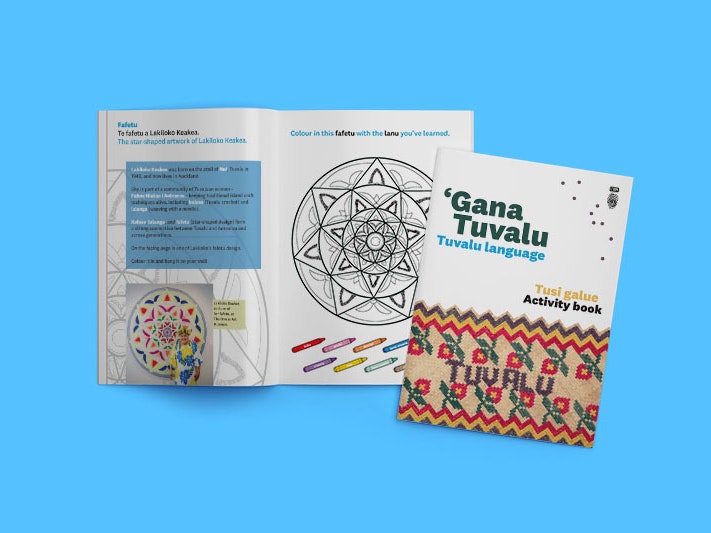Tuvalu is made up of six atolls Nanumea, Nui, Vaitupu, Nukufetau, Funafuti, Nukulaelae, and three reef islands, Nanumaga, Niutao, and Niulakita, making up a total land area of 26 square kilometres. The Indigenous people were invaded by Polynesians from Sāmoa 16th century, and in 1915, it became part of Britain's Gilbert and Ellice Islands Colony. Then in 1974, Tuvalu, along with Kiribati, separated from the Gilbert and Ellice Islands and it became fully independent as a sovereign state within the Commonwealth in 1978.
There are over 10,500 people living in Tuvalu and the Tuvaluan people are known for their strong cultural traditions, including dance, music, and communal living.
Explore some of the Collections in Te Papa and read about the lives and history of the people of Tuvalu.







